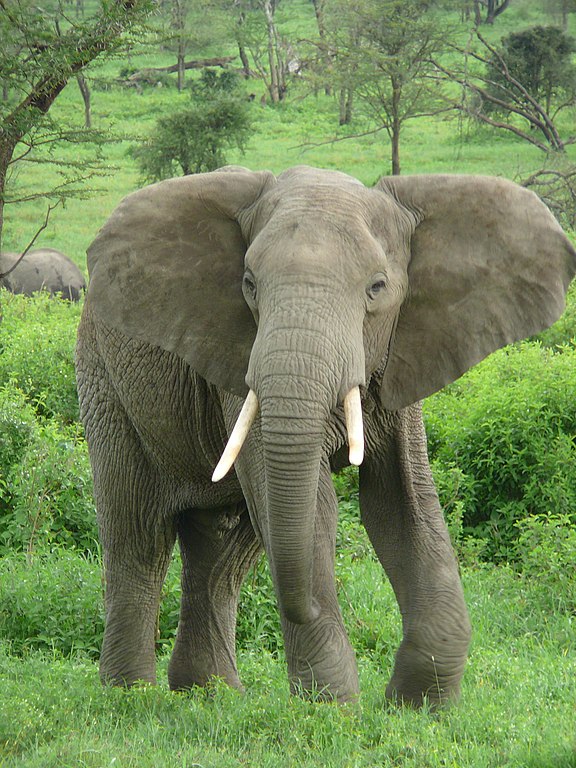Though they unfolded slowly over hundreds of thousands, sometimes millions of years, those earlier extinctions (going back to around 450 million years ago) seem to have shared a common etiology: a slow but finally fatal buildup of CO2 in the atmosphere; consequent acidification and de-oxygenation of the world’s oceans; and withal, the demise of species like phytoplankton, foraminifera, miniscule shrimp called krill, diatoms, pteropods and many thousands of other marine microbial and miniature species that supply more than half the world’s oxygen and form the base of the marine food chains and of marine systems that perform vital Life-support and climate management services, like sequestering CO2.Read the whole article: End of the World? Nah. End of the World as We Know It. Yah.
What happens is that when atmospheric CO2 exceeds the capacity of those CO2-eaters to absorb to make their shells, it dissolves in the water as carbonic acid. Marine scientist Jennifer Kennedy, recent Director of the Blue Ocean Society for Marine Conservation, explains the vicious cycle that’s set up when pH level of the world’s oceans goes down, that is, when they become more acidic.
“On the pH scale, 7 is neutral, with 0 the most acidic and 14 the most basic. The historical pH of sea water is about 8.16, leaning on the basic side of the scale. While it doesn't seem like this is a problem, the pH of our oceans has fallen to 8.05 since the beginning of the Industrial Revolution, a change greater in magnitude than any time in the 650,000 years before the Industrial Revolution. The pH scale is also logarithmic, so that slight change in pH results in a 30 percent increase in acidity.” This is decidedly not promising for the future of marine microbes. So what?
Marine microbes account for up to 98 percent of all ocean biomass and collectively weigh the equivalent of 240 billion African elephants. Subtracting even a portion of that feed stock from the bottom of the world’s food chains would be like subtracting corn, wheat, soy and meat from us who are at the top. Subtracting it from the Earth’s two-billion year-old carbon sequestration team could raise the planet’s temperature high enough to do exactly that.
E voila: Trickle-up extinction. - Ellen LaConte
 |
| 240 billion African elephants is a lot of food. Photo: nickandmel2006 |



No comments:
Post a Comment
Note: Only a member of this blog may post a comment.